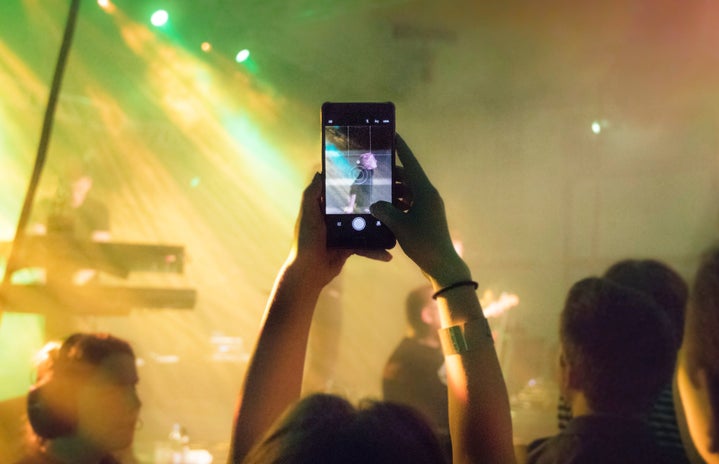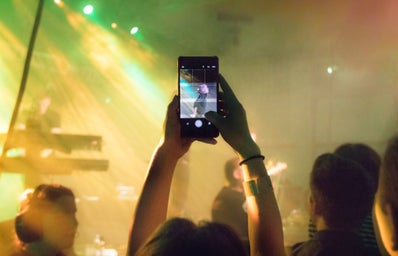From Afrika Bambaataa, Too Short and The 2 Live Crew to Kendrick, Drake, J. Cole, Kamaiyah and Rae Sremmurd, hip hop has seen it’s fair share of artists and messages over the past decade. One thing remains true, that hip hop is one of the purest forms of creativity, wordplay, and style that our culture has seen. As diverse as they artists of hip hop are, so are the words they use to illustrate their world and the world around them. Much has been said about the messages hip hop uses and its impact in on young audiences, but few have taken the time to examine those message in the way Bryon Hurt has. As the anniversary of his prolific film, Hip Hop Beyond Beats & Rhymes, quickly approaches, I will discuss the relationship hip hop has to the larger culture that surrounds it.
In the documentary, Hip Hip Beyond Beats & Rhymes, Bryon Hurts discusses imagery and representation within the hip hop culture. For many people, especially people of color, hip hop is the voice they never knew they had. It is the expression of pride in where they come from, a response to an often systematic destruction of a community, and it is the personification of the creativity and vibrancy of these communities. It speaks the language of its listeners and carries on a rich tradition of music and storytelling.
On the other hand, some examples of hip hop have been a problematic symbol of identity, forcefully emphasizing machismo, misogyny, and materialism. As the rise of “gangsta rap” began, so did the reinforcement of stereotypes of men and women alike. Men are seen as powerful and in control of their sexuality, having things as symbols of status, and in control of everything and everyone around them. Women are seen as powerless over their sexuality, only to be seen and not heard, having no significant meaning in the realm in which they are in other than for male attention and satisfaction.
These aren’t images we see just in hip hop, these same images are in digital media, advertisements, politics, and literature and have had long lasting effects on the individuals who consume them. The relationship between hip hop and misogyny as well as materialism isn’t the only relationship needing to be examined, a further examination of the American culture of power and violence needs to be done. At it’s worst, hip hop glorifies the American cultural issues with sexuality, gender norms, rape culture, abuse of power, materialism, violence against both men and women, and the need for wealth and control as status symbols and value. Even now as hip hop becomes more socially aware, these issues still stand, so my question is, is it really hip hop with these issues or is hip hop simply reflecting the issues of a larger culture that need to be addressed?

